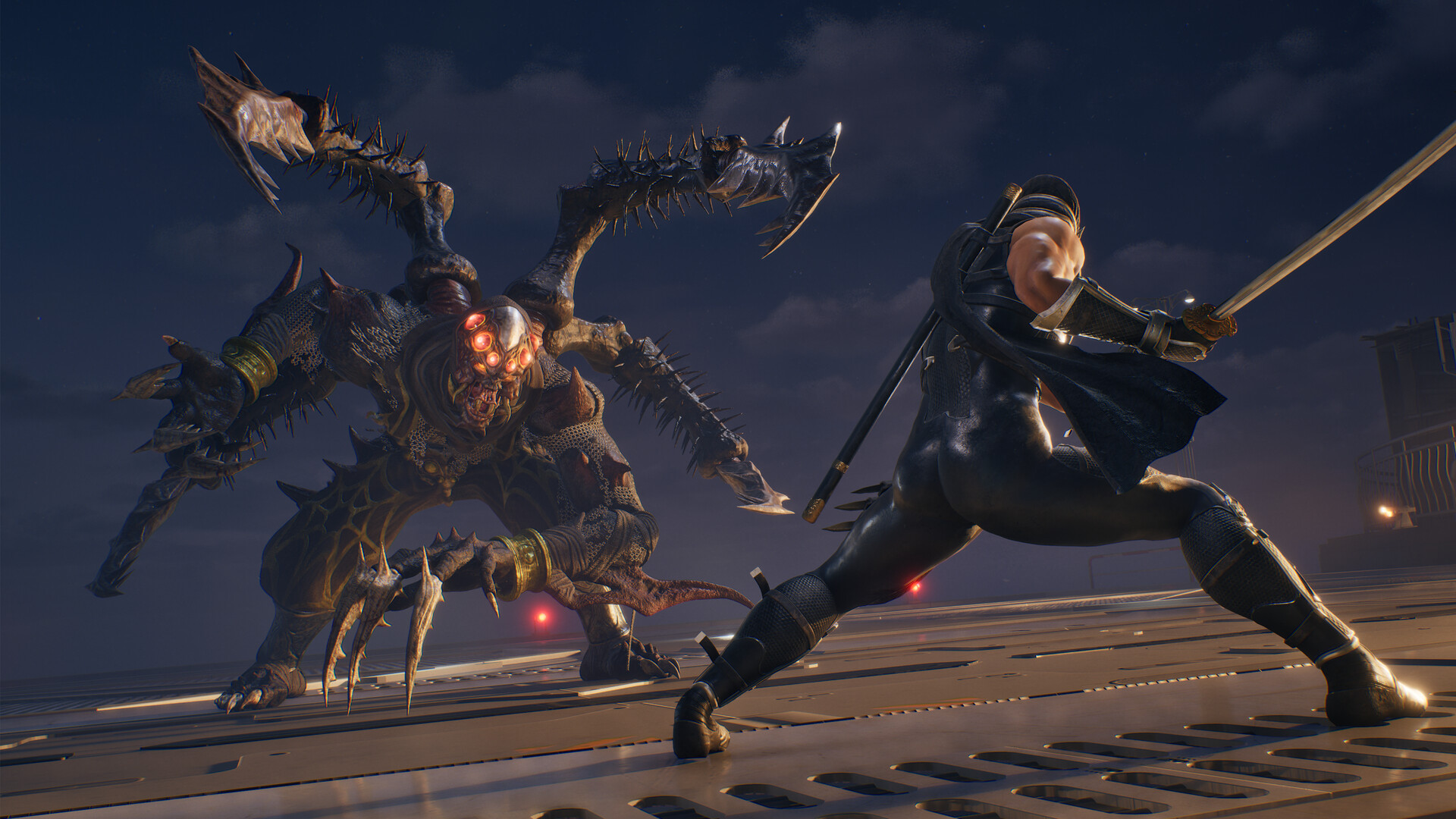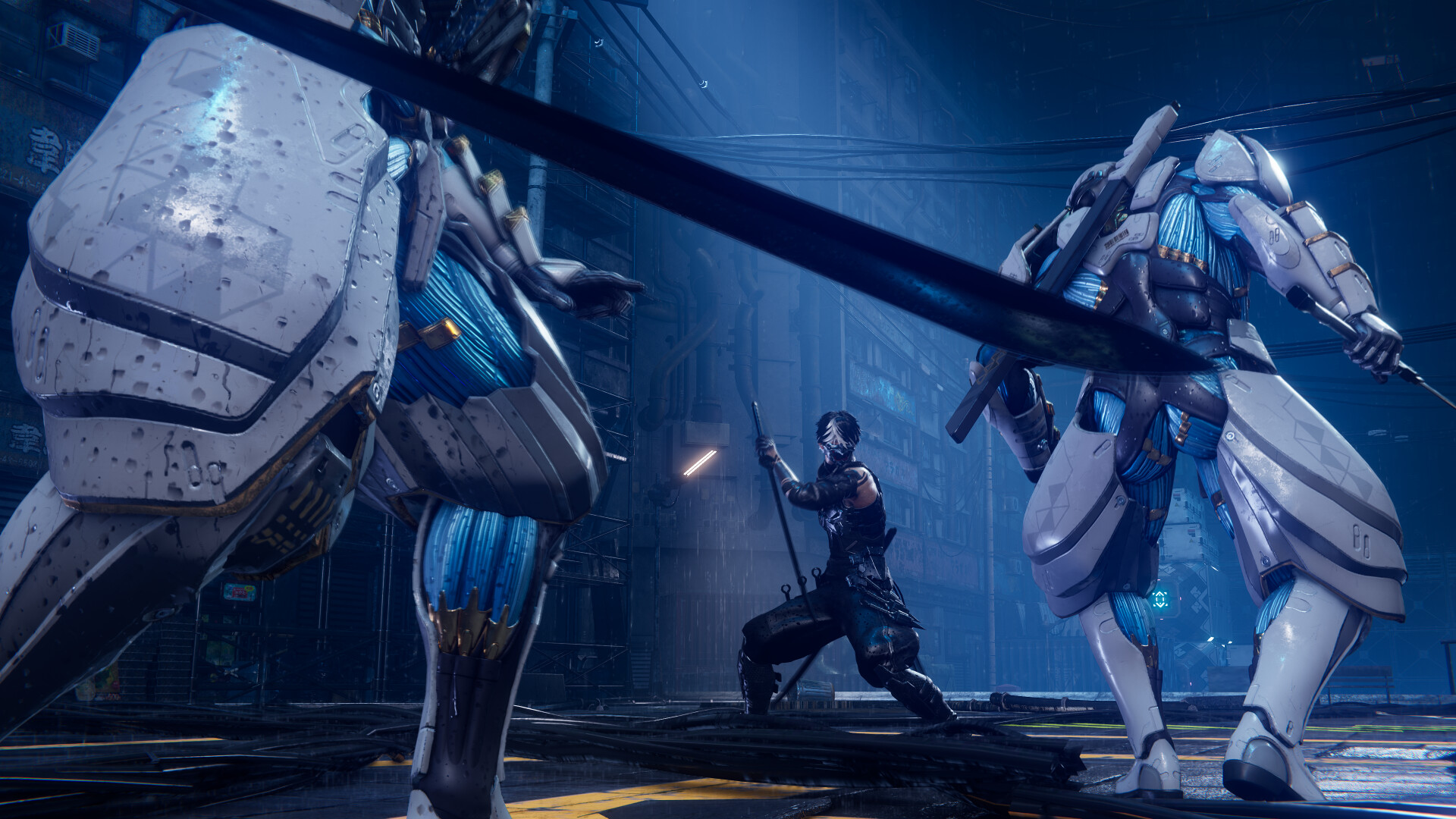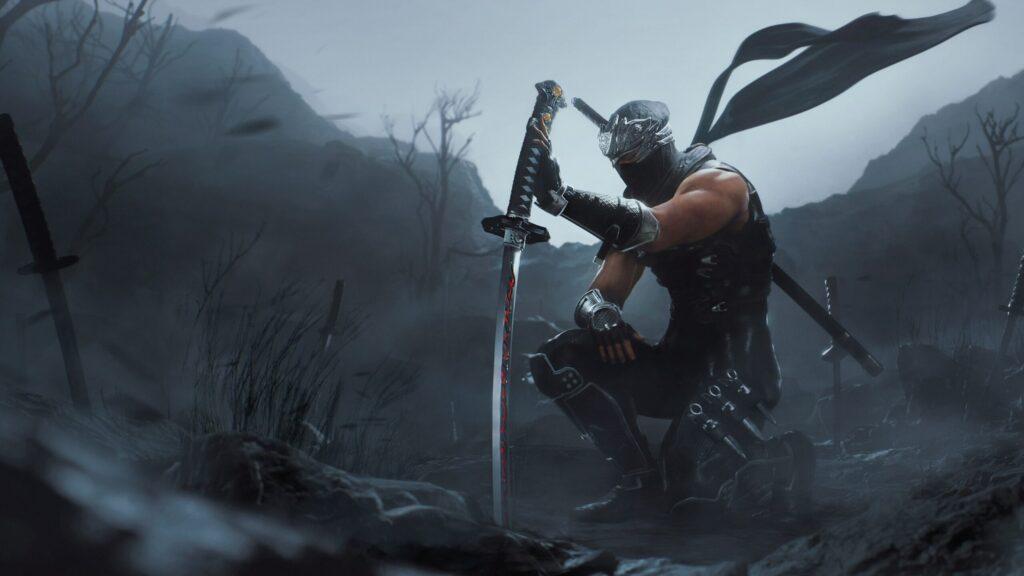Gaming isn’t exactly a cheap hobby, so it makes sense that we’re always in pursuit of greater bang for our buck, so to speak. A lot of the times, that comes down to how much content games have on offer, which, in turn, has meant that the last decade or so has seen an overabundance games that seem packed and expansive almost for the sake of it. Bloat and unnecessary padding have become common issues, and even when that isn’t the case, there’s no shortage of games that somehow end up being massive, multi-dozen hour odysseys purely on the back of how they’ve been envisioned by their creators.
On one hand, you can’t help but love more bang for your buck. At the same time, however, our collective appreciation for brief, more concise, and less expansive games has also grown immeasurably with time. Thankfully, we continue to get reminders of exactly why we love such experiences every so often (even if it isn’t as often as we’d like), and recently, got another one in the form of Ninja Gaiden 2 Black. Koei Tecmo and Team Ninja’s character action remaster was announced and then shadow dropped during Microsoft’s recent Xbox Developer Direct presentation, and jumping back into it, we’ve been reminded once again of how gripping a compelling a tightly made linear game can be.
You can easily finish Ninja Gaiden 2 Black in 9-10 hours, though completionists can maybe double that time, if you’re really looking to squeeze every last drop out of the game. Either way, that’s a short game by modern standards- but to hell with “modern standards” is what I say, because in no way does a full playthrough of the game feel inadequate by any stretch of the imagination. Do you want it to keep going? Well, yeah, you absolutely do, because that’s how incredibly Ninja Gaiden 2’s combat is – famously so, in fact – but as far as its runtime and length are concerned, the game goes on as long as it needs to, and ends when it needs to.
That sort of brevity and willingness to end at the right time is refreshing to see in a game every time we see it, given the fact that all too often, so many games seem to be hellbent on doing the exact opposite. Across its runtime, Ninja Gaiden 2 Black delivers stellar combat, tight and satisfying mechanics, and memorable boss fights, and never does it feel like any of those core strengths weren’t able to breathe because the game was too short. Of course, the fact that games that are a dozen (or less than a dozen) hours long can be (and often are) excellent is by no means a fresh revelation, but with the needle constantly moving in the direction of gigantic open world epics, every great new linear release feels like a victory worth celebrating.
It helps, of course, that Ninja Gaiden 2 Black is virtually a game over a decade and a half old. Visually, it’s been completely overhauled, but even so, Team Ninja has described it as a remaster rather than a remake- and playing it, you can see why. As significant of a visual leap as it is, it is ultimately still almost exactly the same game as it was when it launched back in 2008. There are definitely some changes here and there, but barring those largely minor alterations, at its core, Ninja Gaiden 2 Black is very, very faithful to its source material. The fact that it manages to be as compelling of an action experience even now despite how old it is only hammers home how timeless its focused and linear design sensibilities are.

From a business perspective, you can obviously understand why publishers and developers tend to favour larger, more open-ended games to linear and shorter ones, because it’s usually the former that sell gangbusters. No, it’s not a rule of thumb or anything like that, but take a look at some of the bestselling games of the last decade or so, and you’ll see that an overwhelming majority of them fall in the open world camp. The Witcher 3, Elden Ring, Hogwarts Legacy, The Legend of Zelda: Breath of the Wild, Red Dead Redemption 2, and Cyberpunk 2077, for instance, are some of the highest selling games of the last few years, and they’re all, every last one of them, open world behemoths.
But shorter and more linear games do attract sizeable audiences as well. Whether it’s Resident Evil or The Last of Us, Space Marine 2 or Astro Bot, Silent Hill 2 or any number of similar titles that have chosen to deliberately limit their scope, the games industry has thankfully kept up a steady supply of such experiences, and the ones that have been legitimately good have, more often than not, enjoyed plenty of critical and commercial success. Meanwhile, the AA scene has also embraced linear game design to great effect. A Plague Tale: Innocence and A Plague Tale: Requiem are both excellent linear single-player titles, while in 2022, we also got Evil West, an excellent throwback action game that old school fans of the genre shouldn’t miss. And thankfully, it looks like there’s plenty more to come in the time ahead as well.
For example, Ninja Gaiden itself is ready for its resurgence, because Ninja Gaiden 2 Black was, of course, only the cherry topping the sundae at the aforementioned Xbox Developer Direct showcase. The main announcement that Koei Tecmo and Microsoft made as part of the presentation was Ninja Gaiden 4, co-developed by PlatinumGames and bringing the Ninja Gaiden series back into the limelight this Fall, ending a thirteen year hiatus. And naturally, excitement surrounding the game is high. Everything that we’ve seen of it so far has looked promising, from slick combat and expanded traversal options to a new protagonist and more, so expectations from the game are definitely going to be high.

Another upcoming linear action-adventure title that has caught the eye is South of Midnight. Compulsion Games’ upcoming outing has looked increasingly promising with each of its showings, having turned more than a few heads with its setting, visual style, enemy designs, and its blend of action combat and agile traversal. Developers have also confirmed that the game will be somewhere between 12-20 hours long, which is exactly the sort of range we’re hoping for.
Linear games have admittedly not been the games industry’s preferred design style for a long, long time now, but though there was a time when they almost seemed on the edge of extinction, lately, it does feel like they’re becoming increasingly common again. Obviously, we don’t want larger, more open gaming experiences to go anywhere – they have their own undeniable appeal that can’t be replicated in a smaller, tighter game – but this healthier balance between linear and larger games that the industry seems to be shifting towards is something that we are very much in favour of. Long may it continue.
Note: The views expressed in this article are those of the author and do not necessarily represent the views of, and should not be attributed to, GamingBolt as an organization.


